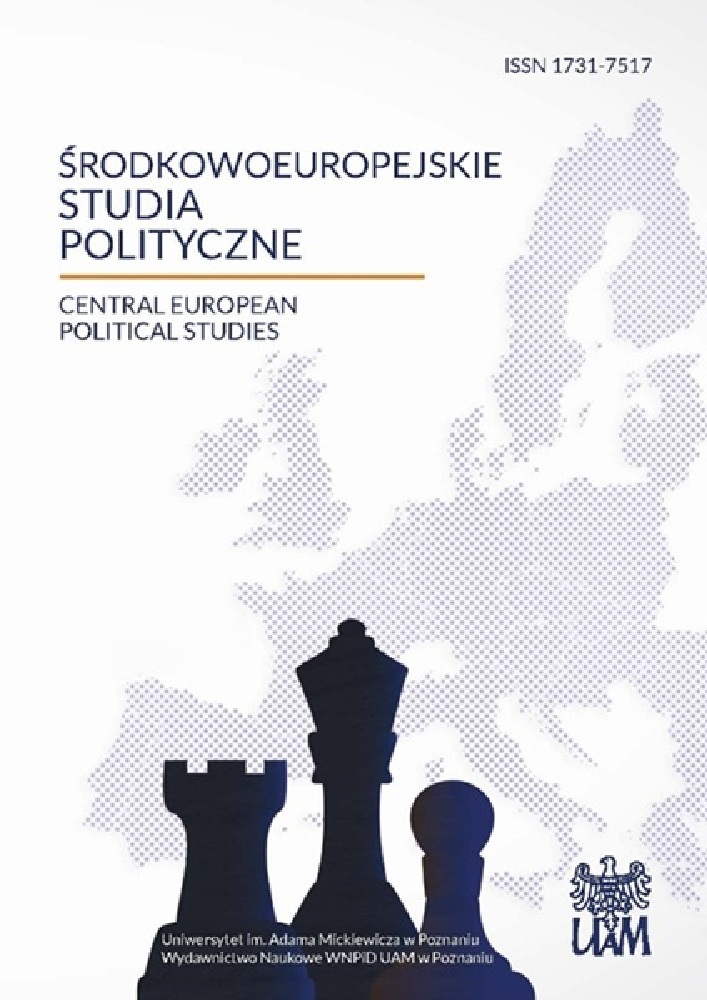Abstract
The paper describes in detail the Lithuanian path to independence, concentrating on the role of the Sàjûdis party and its relations with the Communist Party of Lithuania (CPL). The CPL leaders had been observing the activity of Sàjûdis with anxiety since its very beginning. The party, founded on October 22, 1988 was in favor of the restoration of the Lithuanian state. Consequently, the victory of Sàjûdis in the election of February 24, 1990 accelerated the activities leading to the proclamation of Lithuanian independence. On March 12 the Second Congress of People’s Deputies of the USSR was to commence in Moscow, where the USSR President was to be elected and the Law on secession from the USSR was to be enacted that could have made it impossible for the Lithuanian republic to depart from the USSR. Therefore the session of the newly elected Supreme Council was scheduled to commence on March 10, 1990. It was then that the Supreme Council passed the Law on the Name and National Emblem which officially promulgated the country’s name as the Republic of Lithuania, and reintroduced the historic emblem depicting a mounted knight: Vytis. By this token, the Supreme Council of the Lithuanian Socialist Soviet Republic was transformed to become the Supreme Council of the Republic of Lithuania, via an intermediary Lithuanian Supreme Council. What followed was the proclamation of the Supreme Council of the Republic of Lithuania Act on the Re-establishment of the State of Lithuania. By this token the Supreme Council of the Republic of Lithuania proclaimed that the execution of the sovereign powers of the State of Lithuania, „abolished by foreign forces in 1940”, was re-established, and henceforth Lithuania became an independent state.License
Copyright
© 2005, Uniwersytet im. Adama Mickiewicza w Poznaniu, Wydawnictwo Naukowe Instytutu Nauk Politycznych i Dziennikarstwa
OPEN ACCESS
